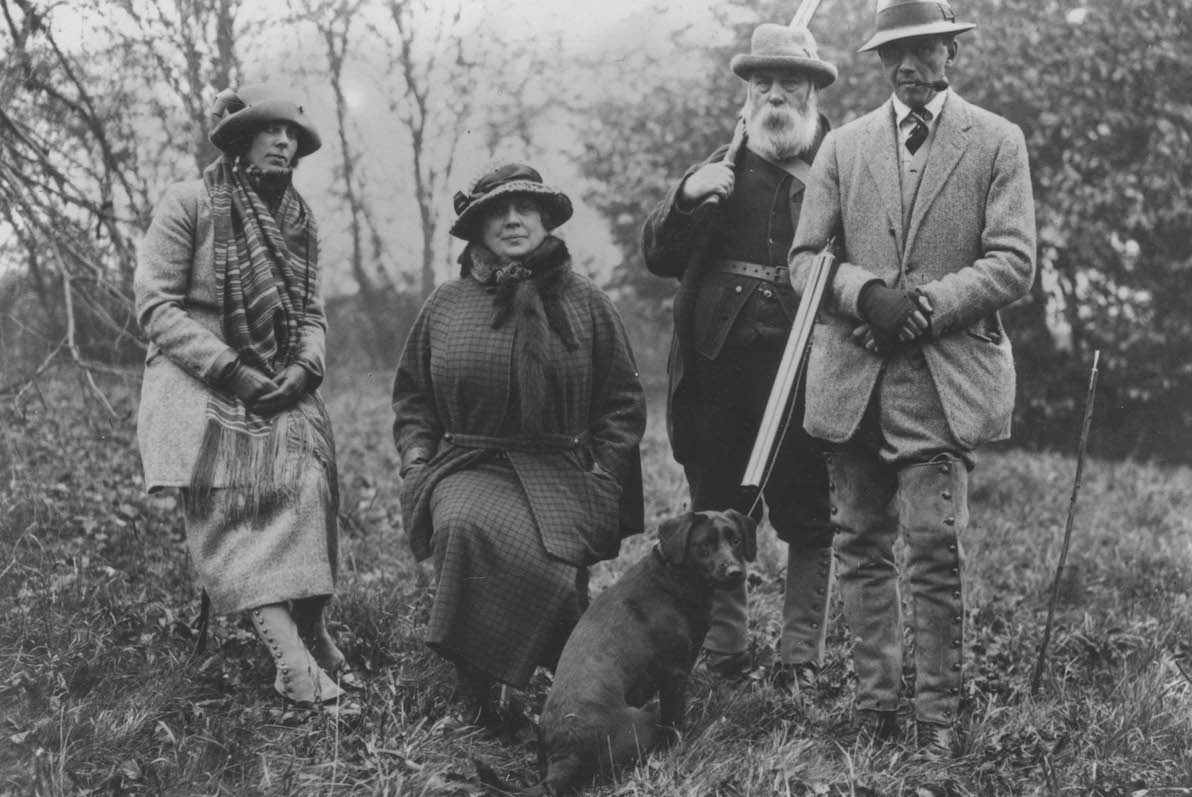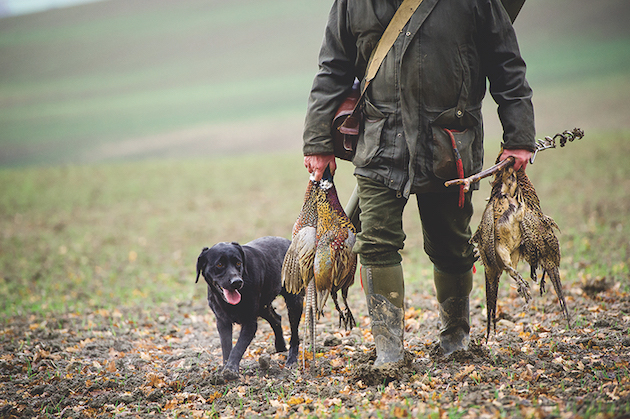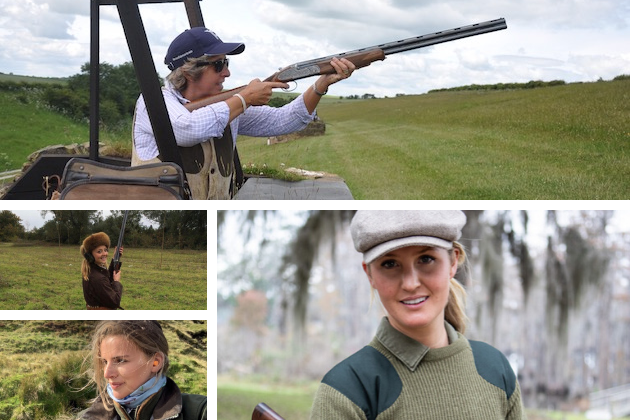When tipping equalled two weeks’ wages
How much better or worse off were our predecessors? Old white fivers given in thanks were once a game-changer, reveals Lindsay Waddell

Guns attended by a keeper at Wrest Park in 1923,; tips were once a vital part of a keeper's income
It’s one of those things that, due to the nature of life, little has been written about. I’m talking about tipping, that age-old practice of showing your gratitude for a whole host of services well delivered. Shoot days — indeed, sporting days of all flavours — are no exception to this. It often used to (and still does at times) result in a discreet little group of Guns having a few words at the end of the day before agreeing what they considered a suitable amount to be pressed into the hand of the grateful keeper when the birds were handed over. Even that has been circumvented on some shoots as the ‘tip’ is agreed beforehand on the bag for the day. Stepping back through the years, however, it is hard to find any definitive time when the practice we now take for granted began. (Read more on tipping on a shoot.)
How tipping began
My guess is that pretty much as soon as individuals were taken into the field to participate in any form of shooting or hunting that something changed hands. After, say, a successful hunt with dogs for deer, other animals, birds or, indeed, fish. I say this as it is well known that members of the aristocracy gave quite valuable tokens of their appreciation to those who served them well, and these tokens were often not sums of money but jewels or other items that the recipient could treasure or trade. Those were, of course, in the days before His Majesty’s Revenue and Customs became aware that there were sums here worth taxing. (Read more on tax and the DIY shoot.)
Different circumstances
What individuals ended up with as a bonus for their hard work has always varied hugely depending on the circumstances in which they found themselves. A keeper on a family shoot, with family members shooting, and perhaps no great numbers put to wood, could well expect a modest return, as very often the employer, who may have given them a Christmas gift, did not do it in pound notes. Family members often did not tip and in some instances non-family guests wouldn’t either.
Syndicates were and are another example of tipping not being straightforward. The syndicate often employed the keeper, and although there were guest Guns throughout the season, many members did not tip every day they shot but gave their contribution at the end of the season. This often did not match up with the odd day per year guest Gun who was, in fact, actually the keeper’s employer. I’m aware that others were paid a bonus on top of their salary for percentage of birds shot compared to that released, and some grouse moor owners also paid a bonus on the bag for the season.

The bag after a good day’s grouse shooting at Studley Royal.
Two weeks’ wages
One would think that changes in tipping rates over the years might have been in line with bag numbers, but this is not necessarily the case. One old-school keeper told me that as a boy he could recall his father being given the old, rather large white £5 notes for a day at the grouse. This was in an era when a keeper might earn just £2 or so per week. The old white fivers equated to two weeks’ wages or more. I doubt if many grouse men are getting that for a day currently.
Gamekeepers who felt hard done by had their own ways of getting back at individual Guns who they knew had wronged them. One I knew, now long gone along with the Guns who wronged him, used to go home with a brace of birds that he knew the game dealer would discard as useless. Another I recall bitterly complained about the ‘10 bob a day men’ who took home many times more in terms of grouse value than they gave him for a hard day’s work.

Today, the huge increase in days shot has changed what gamekeepers can expect to receive in tips
More shoot days
The huge increase in days shot — and, indeed, in numbers shot per day — has certainly changed what the pheasant keepers can expect to earn through tips. It does not take a mathematical expert to work out that three, four or even five shoot days per week is going to produce much more in tips than once a fortnight would.
There is also the numbers game. Big bags often equate to big tips, although, like everything in shooting, there are varying degrees of appreciation. Perhaps the main difference is that going back a generation or two, wages were such that tips were pretty much what made life bearable. They helped feed and take care of the family needs, whereas these days they are a real bonus on top when most have a decent salary.
There are those who consider that tipping is an outdated mode of saying thank you and rant on about the fact that everyone is now earning enough money to meet their needs without requiring the little extra. They see it as demeaning to give someone a tip, although the truth might be that they are just too miserable to do it!
For those of us who have been lucky enough to have been on the end of a hard day’s beating — either for grouse or pheasants — a miserable day on the hill that ended up a success (or not, in some cases) or the day on the river, with fish or no fish, when just the company was superb, then to show your thanks by giving the individual a warm handshake with some crisp notes in there is surely a pleasure in itself.








